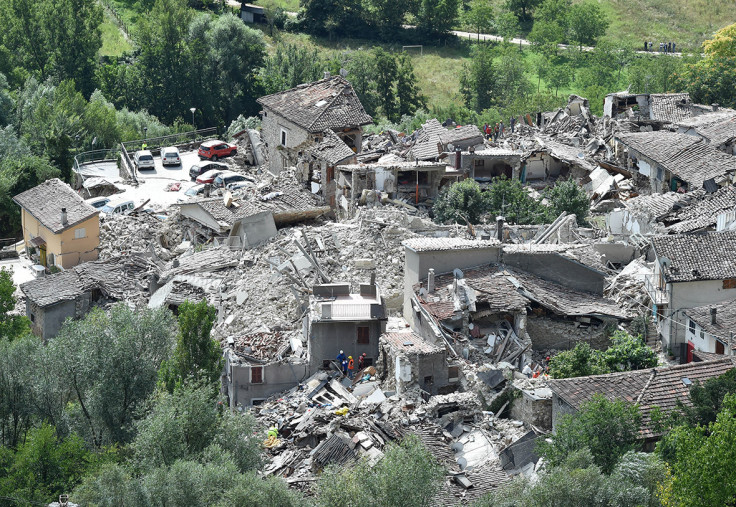Massive earthquakes occur more often at Full Moon
High-magnitude earthquakes more frequent at times of increased amplitude of tidal stress.

Large earthquakes occur more frequently at New or Full Moon, scientists have said. Tidal stress is then at its maximum, and has the potential to impact tectonic tremors deep within subduction areas.
Although many scientists had already argued in the past that tidal stress – a secondary effect of gravity – could trigger earthquakes by making small fractures build up into a large-scale ruptures, firm evidence to support this hypothesis had been lacking.
A better understanding of how tidal stress and gravitational forces relate to earthquakes is essential to assess the probability of an earthquake occurring in a seismic region.
The study, published in Nature Geoscience, therefore analysed data regarding major earthquakes that took place over the past two decades – gathering new evidence about the link between tides and earthquakes.
They have found out that a slow deformation and a possibility of large earthquakes at subduction plate boundaries appear enhanced during periods of important tidal stress.
Large tide, large earthquake
The scientists, from the University of Tokyo, looked at data about tidal stress history from global, Japanese and Californian earthquake catalogues. They reconstructed the size and amplitude of tidal stresses in the two weeks prior to earthquakes of magnitude 5.5 or greater. These included the 2004 Sumatra earthquake, the 2010 Chile earthquake and the 2011 Japan earthquake.

The scientists discovered that most of these large earthquakes occurred during times of important tidal stress. This resulted with them often coinciding with the Full Moon or the New Moon. Indeed, the attraction between the Moon and the Earth due to gravitational forces creates tides - with tidal forces being at their maximum at the time of the Full Moon and and of the New Moon.
There was a clear correlation between an increased number of large earthquakes and increased amplitude of tidal stress, but a similar pattern was not observed for smaller earthquakes.
"This suggests that the probability of a tiny rock failure expanding to a gigantic rupture increases with increasing tidal stress levels. We conclude that large earthquakes are more probable during periods of high tidal stress", the authors say. Their findings could be used to improve earthquake monitoring in highly seismic region, and to assess the risk of an earthquake taking place there, based on measures of tidal stress.
© Copyright IBTimes 2025. All rights reserved.






















